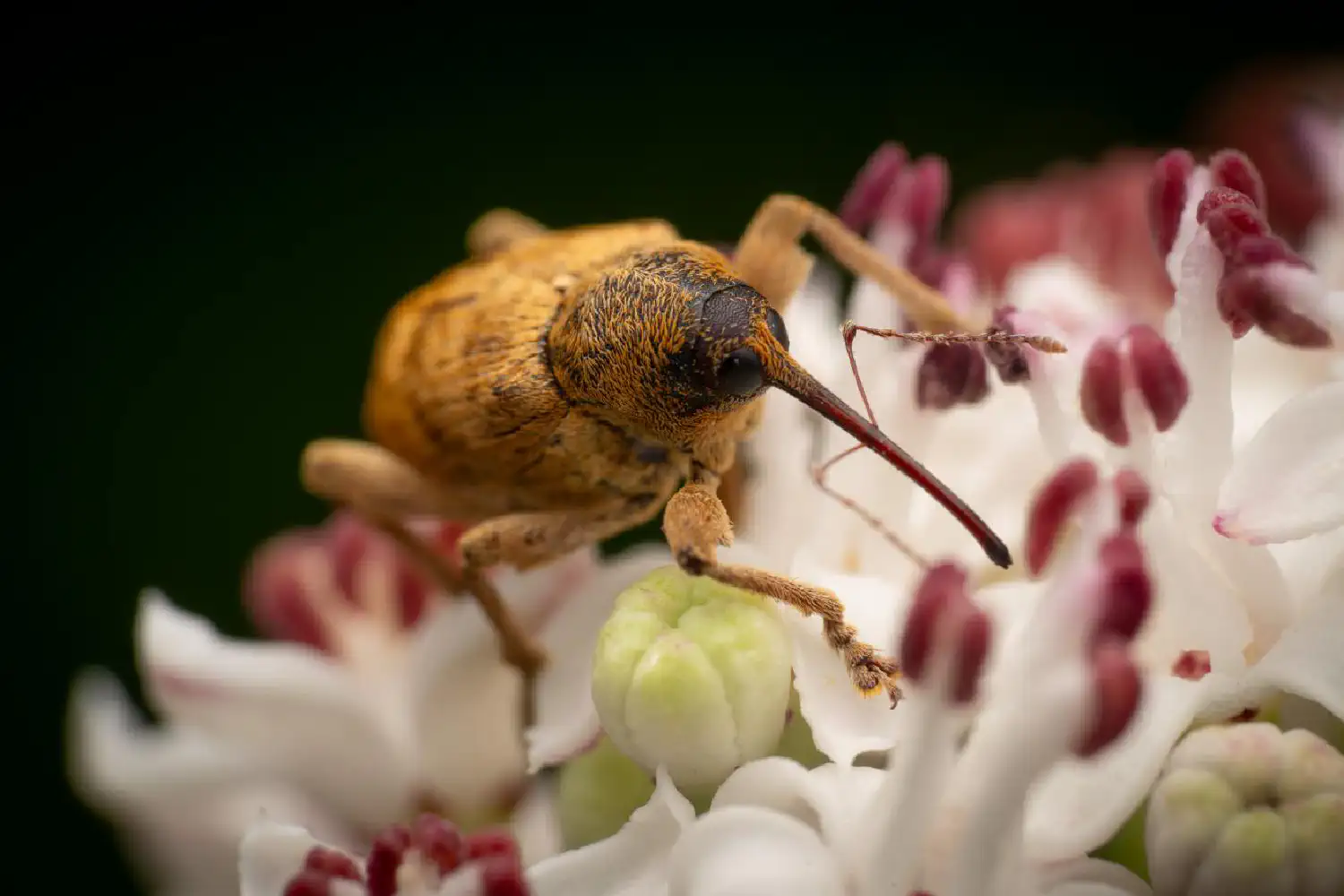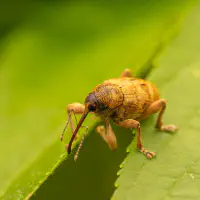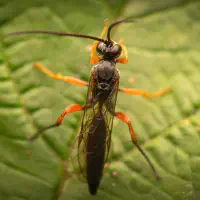Franz and his mission for insects: Why are solar panels attracting insects?
My name is Franz and anyone who has read about me in the book “Small creatures - big responsibility” will know my story. I want to use my new life as a human being to give small creatures a perspective, and today I have a real prime example of this. When we humans develop technologies, it is often at the expense of the environment and its animal inhabitants. But not with solar systems. There are now studies on this and quite honestly, that gives me a lot of hope.
For anyone in a hurry, I will briefly summarize the essence: If you put solar panels on former, unused farmland, it’s not just the sheer number of flowering plants that increases. There will be such a high diversity of plants on and under the solar panels that they can provide a new home for many different insects: (honey) bees, wasps, beetles and butterflies, all of them are benefited, even if you don’t even consider the “clean energy” factor.
I, Franz, was born as a beetle and now have a human body. The effect this has on me when I have to watch how people treat the little creatures of this world is indescribable. Where they are not killing, poisoning or driving us arthropods away, the false reports and distorted facts are circulating. And the slightly larger animals are no better off. Did you know that the claim that wind turbines are dangerous for flying animals needs to be put into perspective? For every flying bird that dies from wind energy in Germany, there are around 500 fatal attacks by bored house tigers and up to 1,150 fatal collisions with glass panes. But I don’t think facts and logic are the problem here. “Modern” technology such as wind turbines and solar panels seem somehow cold, sometimes alienating, still ‘new’, but at the same time omnipresent. Could they perhaps be a threat to nature after all?
Recent findings from the USA show that solar installations on former farmland can triple insect populations within just five years. In particular, an increase in bees has been observed. The reason for this lies in the natural development of the vegetation under the solar panels, which is ideal for a variety of plant species due to the shade it creates. These plants in turn provide food and habitat for insects, which strengthens the local ecosystem and contributes to pollination in neighboring fields. In Germany, too, these effects have been observed. In March 2023, the Federal Statistical Office counted 2.6 million photovoltaic systems on German roofs and properties, and experience shows that these systems promote biodiversity. Incidentally, the rumor that solar panels get so hot that they “grill” poor bees is also not true - it is comparable to the “bird killer” wind turbine.
However, it should be emphasized that the observed effect was particularly useful when the solar panels were located on former farmland. These areas are often virtually nutrient-poor due to intensive agricultural use. As soon as solar panels are installed, they provide protection from direct sunlight, which improves the conditions for the development of diverse plant life. Studies have shown that such areas demonstrate a regenerating biodiversity within a few years. And such a habitat for insects also supports pollination in the surrounding area. The solar installations therefore act as something of an “ecological life raft”. They provide protected areas for insects that would otherwise be threatened by intensive agriculture, pesticide use or habitat loss. It’s a win-win scenario: insects find a new home and we humans get clean energy.
As a former insect in a human body, I am delighted to hear this positive news. It shows that through smart planning and sustainability, we can not only secure our energy supply, but also support the small but essential creatures of our world. Nature deserves to be treated with respect and intelligence, and solar panels are an example of how we can achieve this.

Little beings in print
Order our calendars and books today!
Compiled with love. Printed sustainably. Experience our little beings even more vividly in print. All our publications are available for a small donation.



